Is the 1970–71 Monte Carlo finally getting the attention it deserves?

By now it’s no secret that the muscle car market is making a comeback. Strong sales through the first quarter of the year by Mecum Auctions and Barrett-Jackson confirmed that lust for loud V-8s has weathered the pandemic. Surprisingly, though, the poster child for the latest muscle car craze isn’t a Hemi Cuda or an LS6 Chevelle. The real winner coming out of the beginning of 2021 is the 1970–71 Chevrolet Monte Carlo SS 454.
Although it’s still a heck of a bargain compared to its sister car, the Chevelle, recent sales of Monte Carlo Super Sports for nearly double Hagerty Price Guide recommended values hint that the gap is narrowing.
Chevrolet gave birth to the Monte Carlo in 1970, following the wildly successful redesign of the Pontiac Grand Prix in 1969. The new G-body platform wasn’t all that different from its A-body counterpart; Monte Carlos used an extended Chevelle frame as a starting point. Stretching a two-door over a longer wheelbase allowed for a short decklid and greatly extended hood and fenders. This more formal look was marketed as Chevrolet’s “gentleman’s car.” It came with plenty of features you’d expect from a personal luxury car from the era, such as hidden wipers, 15-inch wheels, and an upscale interior.
Performance personal luxury
Although the emphasis here was on luxury, Monte Carlos were hardly all show and no go. For 1970 and 1971, Chevrolet offered the Monte Carlo SS 454. As the name indicates, these came standard with the mighty LS5 454-cubic-inch engine. Its 360 horsepower (365 in 1971) put the Monte Carlo in league with some of the most serious performance cars of the day. Disappointingly, Chevrolet never offered a Monte Carlo SS with the 450-hp LS6 engine from the factory (although at least one dealer-installed example is known to exist), and a four-speed was not available when you ordered the 454, according to GM’s sales brochures.
Whereas the Chevelle SS was aimed toward a younger crowd, the Monte Carlo SS sought a more mature buyer. It shunned flashy colors and racing stripes for subtle badging and a roofline that looks better clad in vinyl than painted. The cost was also grown up. An LS6 Chevelle SS would set you back about $3400 in 1970, whereas the LS5 Monte Carlo SS started around $3500. In some respects, this SS was the ultimate tweener—not quite as quick as some muscle cars, not quite as prestigious as some luxury coupes. That limited the market for them; out of the 258,574 Monte Carlos built in 1970–71, only 5742, or 2 percent, left the factory as SS 454s.
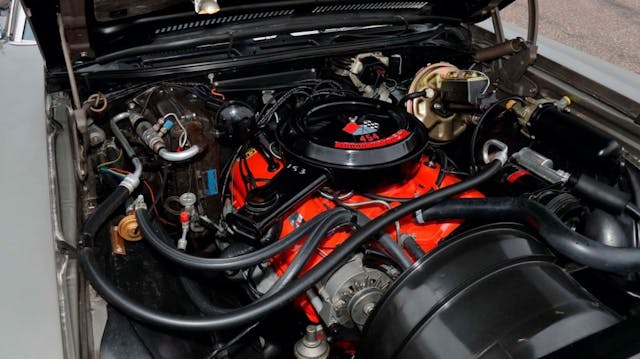
A performance bargain
Despite their stout performance and scarcity, Monte Carlo Super Sports have long been bang-for-your-buck performance cars. A pristine example could be had for $40,000–$50,000, whereas concours-level Chevelles in similar spec (automatic, LS5) brought closer to $80,000. A Chevelle is liable to be a slightly better performer, owing to a shorter wheelbase and lower curb weight, but the price difference probably owes more to clout: The Chevelle immediately comes to mind when someone says “muscle car;” the Monte Carlo does not. Almost as important, these Monte Carlos look very much like the anemic 1973–77 malaise-era Montes. (GM redesigned both the Chevelle and Monte Carlo for ’73, but the former wore radically changed styling.) For all these reasons, the Monte Carlo SS has remained attainable even through surges in muscle car demand.
New appreciation?
Until now, that is. An AACA Senior Grand National winning 1970 Monte Carlo SS sold at Mecum’s Kissimmee sale in January for $100,100. This sale smashed all previous prices set for a stock Monte Carlo. It was quickly followed up by a lightly altered 1971 that sold for $90,200 at Mecum Auction’s Muscle Car City sale a week later. Keeping in mind that one or two sales alone don’t set the pace for a market, they do warrant close attention. Interest in the Monte Carlo trends toward a younger crowd than is typical with muscle cars. Hagerty insurance quote data shows that Generation X overwhelmingly favors them with 41 percent of quotes requested. Compare that to the 1968–72 Chevelle, which is favored by baby boomers who make up 40 percent of quotes we tracked.
With renewed interest in the muscle car market and interest from younger buyers, the long-overlooked Monte Carlo has all the right ingredients for sustained growth that wasn’t possible the last time muscle car values surged.
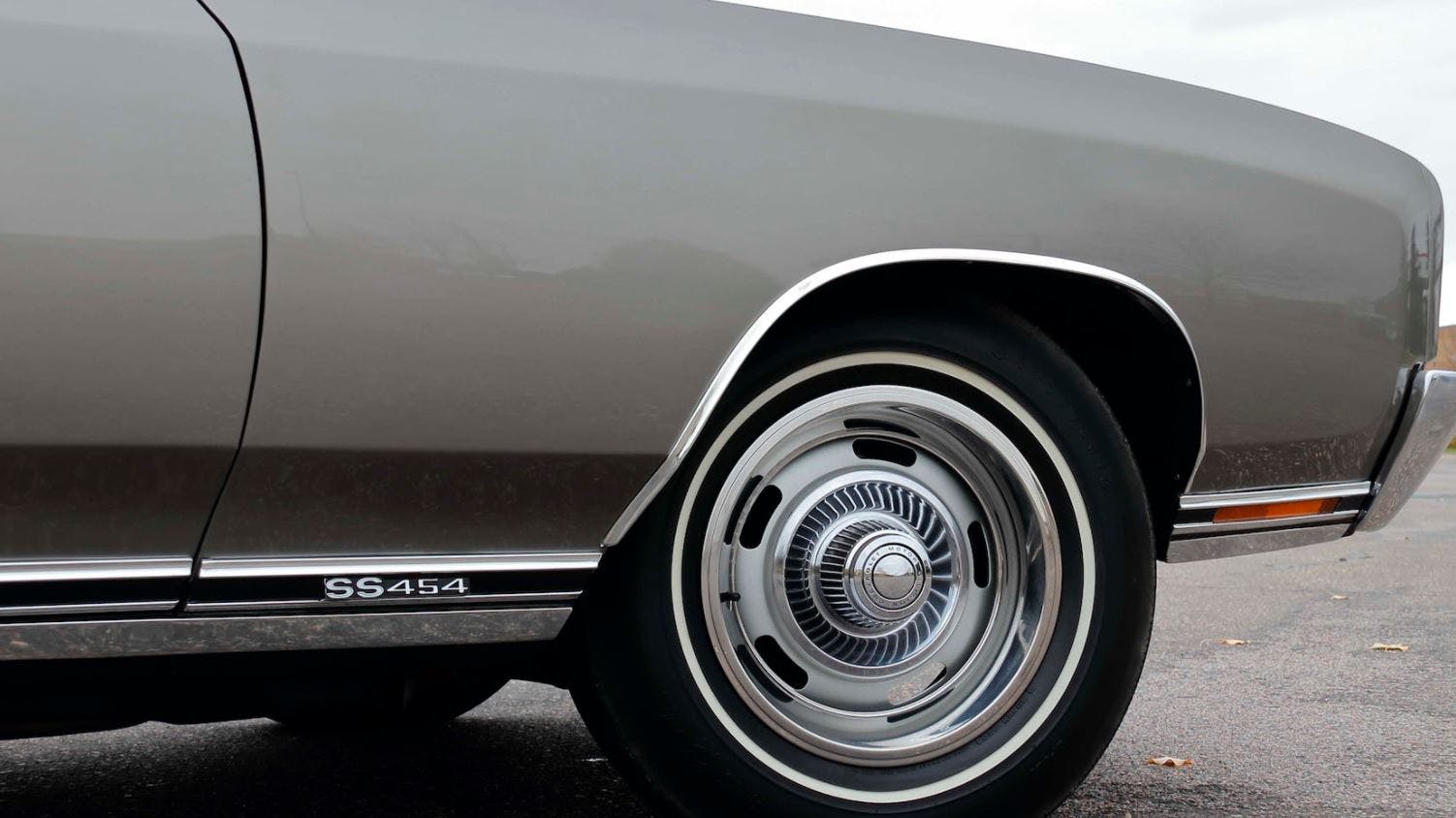

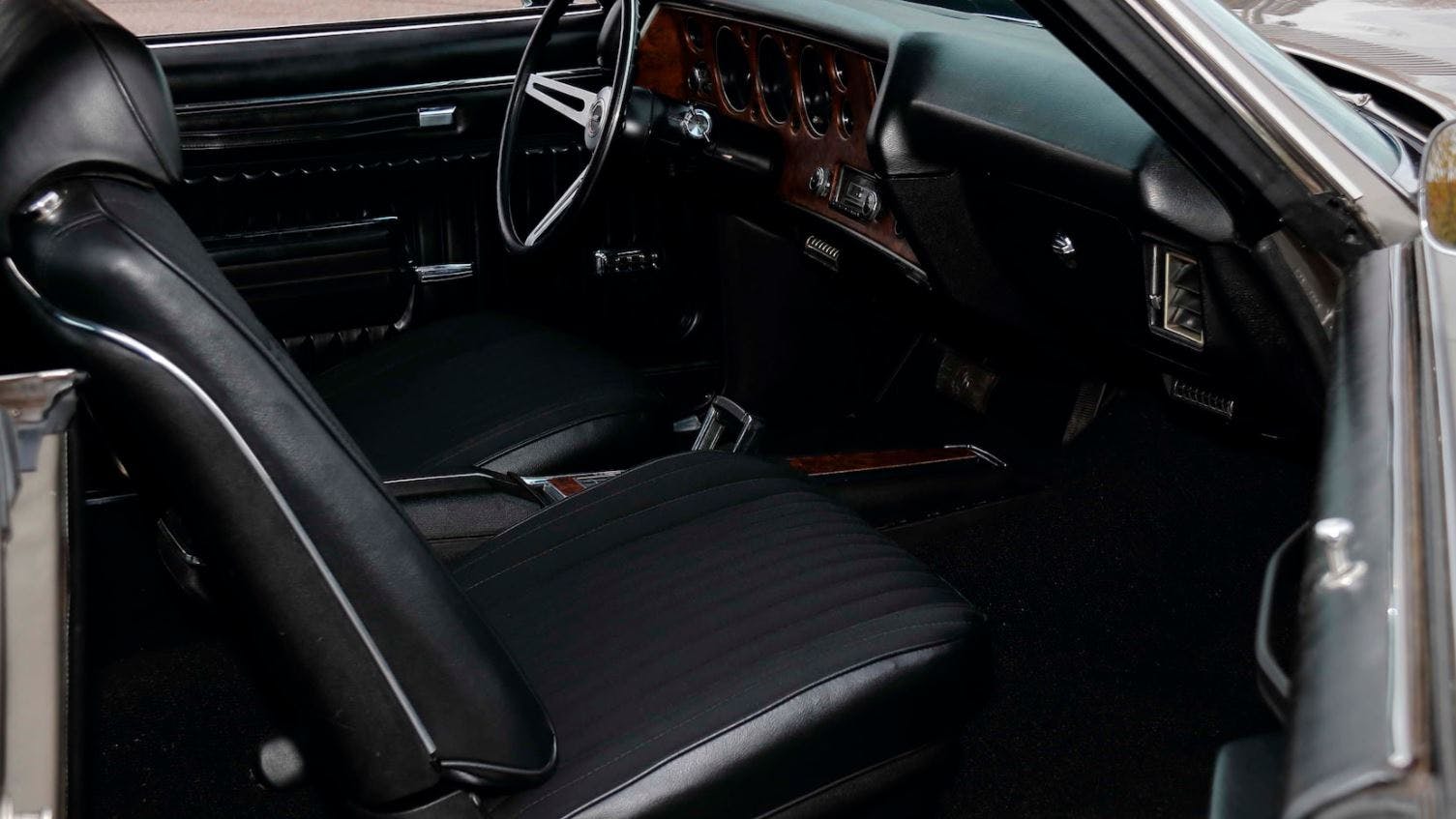
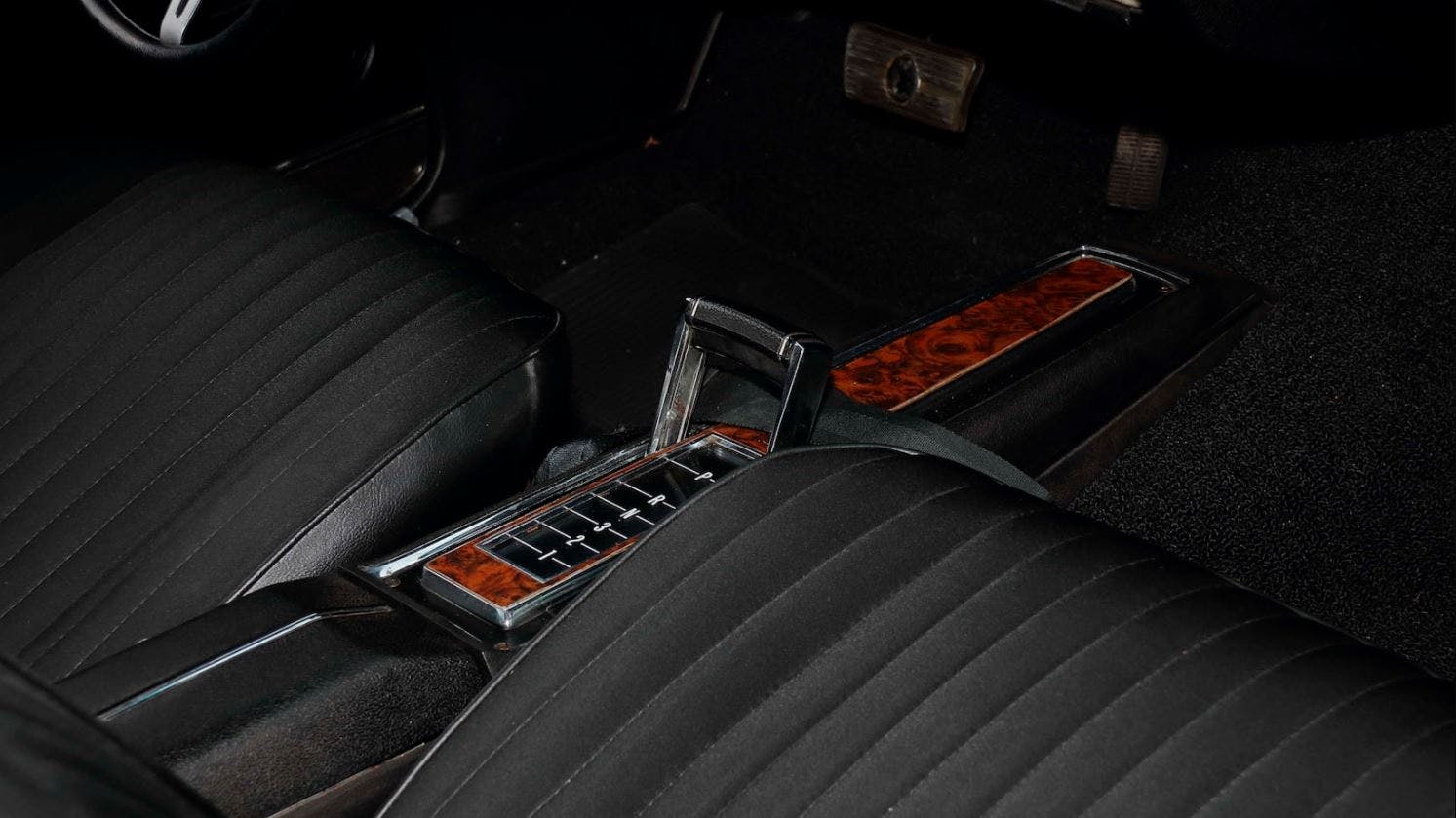
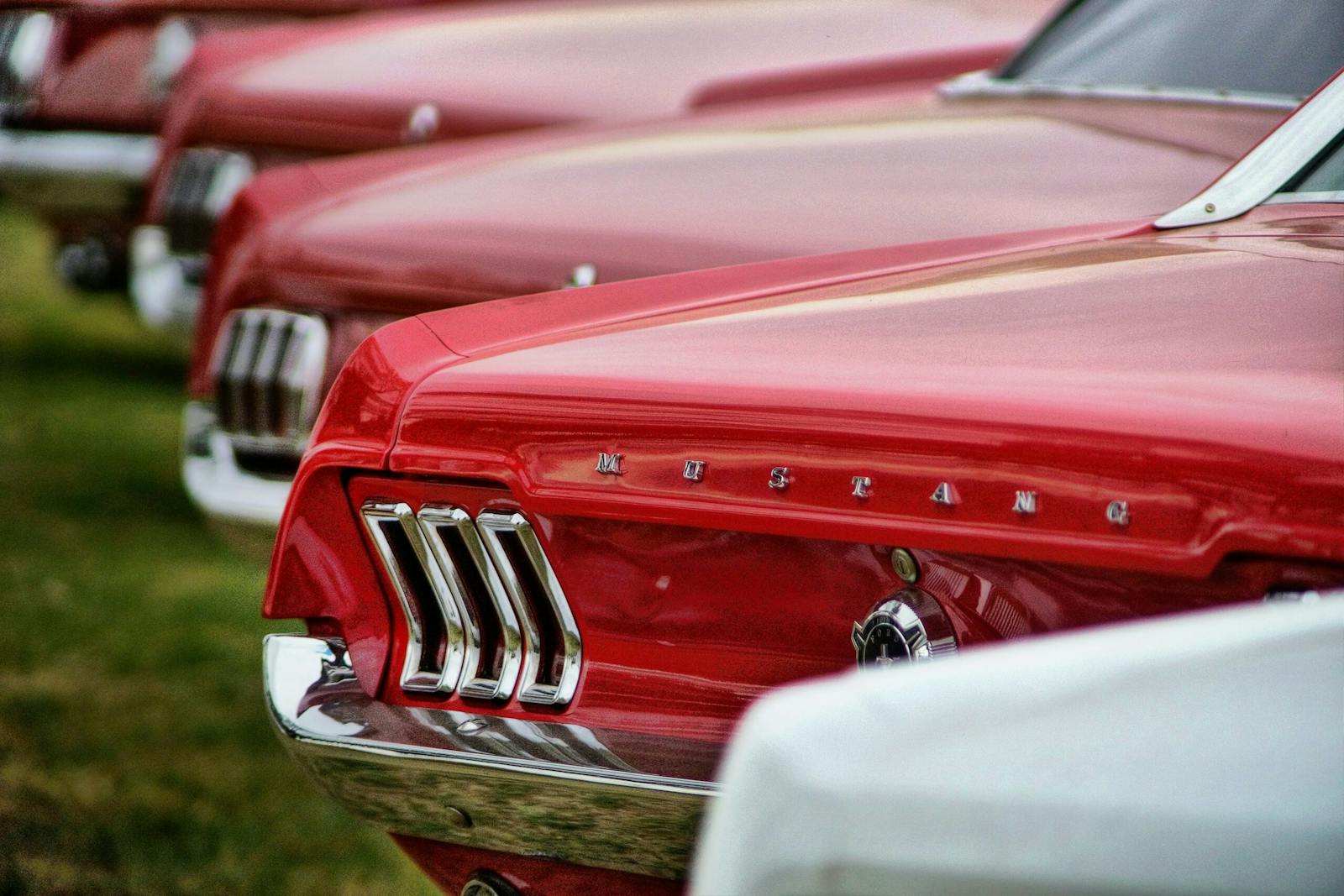
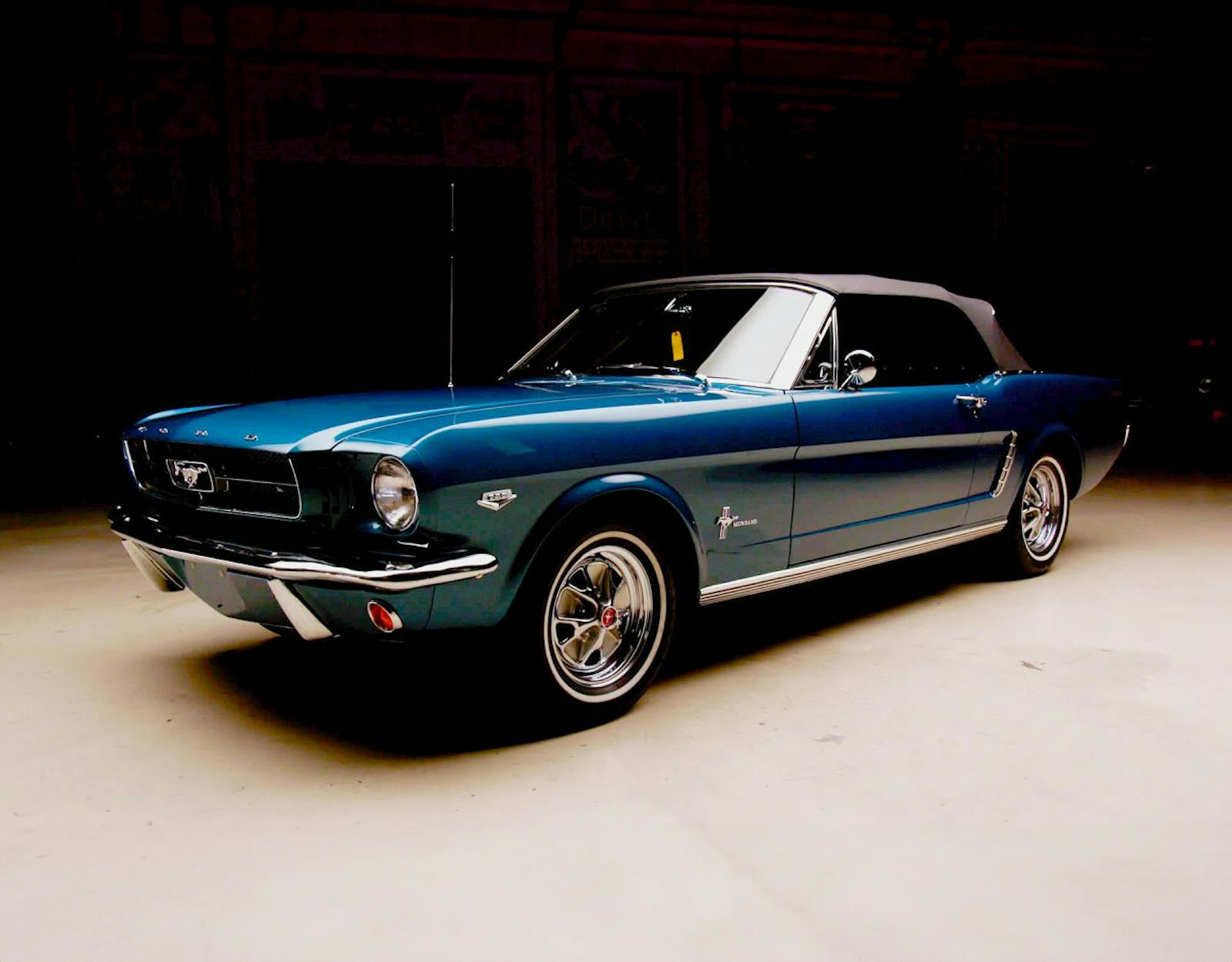
I have been asked to get one of these cars ready to take to auction, a numbers matching 70′ SS, not a fan of the original color so not sure if it will go that way….